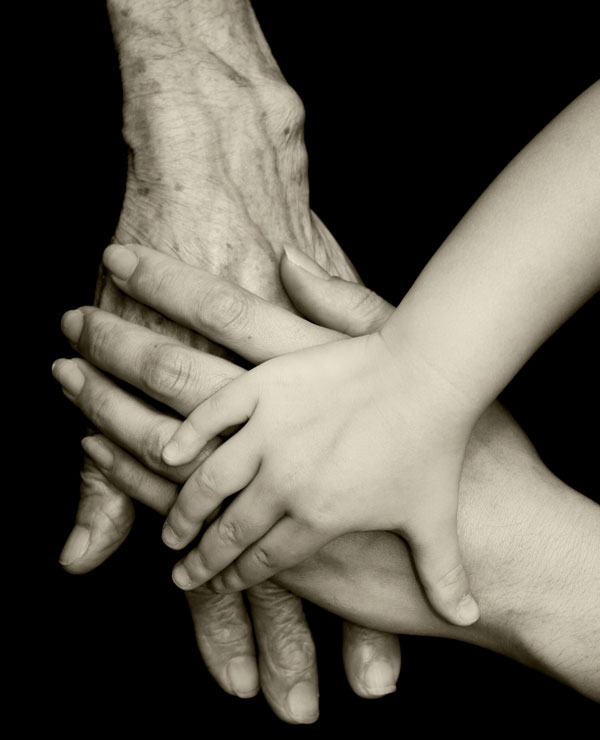The Local newsletter is your free, daily guide to life in Colorado. For locals, by locals.
The first time the er doctor suggested hospice for his 92-year-old father, Doug McConnell admits he was defensive. “I was pissed off,” McConnell says. “I thought my dad was going to be OK. The docs were supposed to fix him, not tell me he’s dying.”
McConnell’s reaction is common, explains Dr. Daniel Johnson, national clinical lead for palliative care at Kaiser Permanente’s Care Management Institute: “The word ‘hospice’ will never be easy.” In many cases, he says, that’s because patients and their families still do not understand what hospice care really is.
Hospice isn’t necessarily a place. And hospice isn’t a medical diagnosis, Johnson says. It’s also not about waving the white flag and doing nothing. Rather, hospice is a concept of care in which health-care professionals manage a patient’s quality of life—things like pain meds, bathing, and sleeping. For 85 percent of hospice patients, that means receiving care at home instead of the hospital or nursing home. For the other 15 percent, it can mean admittance to a small inpatient clinic, such as the new state-of-the-art Denver Hospice Inpatient Care Center at Lowry. And for Medicare patients, the fees are almost entirely covered.
But here’s the tricky part: Enrolling in hospice means discontinuing curative treatments, such as chemotherapy. In the United States, where medicine can sometimes prolong life almost indefinitely, this is a foreign notion. Indeed, the first hospice care began in London in 1948, but the concept only gained momentum in this country in the 1970s. Today, there are more than 40 hospice providers in metro Denver.
Although many caregivers do not want to give up hope of recovery, it’s a mistake to avoid hospice until the final days, says Lynn Bronikowski, communications director at the Denver Hospice, which cares for 550 patients every day. “The earlier patients and doctors discuss hospice, the sooner the family can get help,” she says. Otherwise, caregivers miss an opportunity to receive assistance with day-to-day care when they need it most, which is often months, not days, before someone passes.
McConnell eventually came around to the idea of hospice care for his father. “Ultimately, it was the best decision I made,” says McConnell, who enrolled his ailing mother in hospice not too long after his dad. “I couldn’t have done it without hospice. I would’ve had to put my folks in a nursing home, and nobody wanted that.” Instead, his mother and father died 12 days apart, comfortable in their own home.










